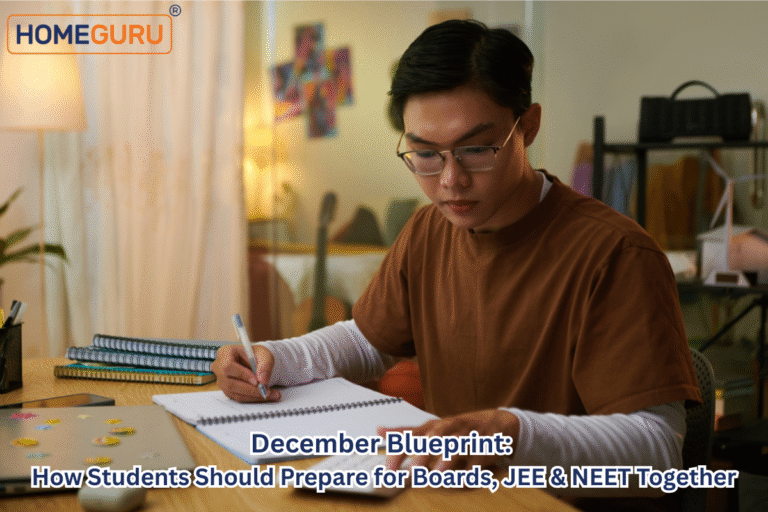
Calling All Fifth Graders! Become a Science Superstar with these Epic Projects!
Hey there, science enthusiasts! Ever wondered why the sky is blue, or how plants drink water? Get ready to transform your curiosity into mind-blowing experiments with these awesome science project ideas – perfect for your 5th-grade class! This isn’t just a collection of random experiments; we’ll be taking you on a scientific journey through your kitchen, backyard, and beyond! So, grab your lab coat (or an old apron!), and get ready to embark on a thrilling scientific adventure!
The Scientist Within: Why Do Science Projects Matter?
Before we dive into the messy (and awesome) world of experiments, let’s talk about why science projects are so important. Science is all about asking questions, exploring the world around us, and discovering new things. Through science projects, you get to be a real-life scientist! You’ll learn valuable skills like:
- Critical Thinking: Science projects encourage you to think critically about how things work. You’ll make predictions, test those predictions through experiments, and analyze the results.
- Problem-Solving: Sometimes, experiments don’t go exactly as planned. That’s okay! Science is all about learning from your mistakes and figuring out how to solve problems.
- Communication: An excellent scientist can clearly explain their findings. Science projects help you hone your communication skills, both written and verbal.
- Creativity: Science isn’t just about memorizing facts. It’s also about using your imagination and coming up with creative ways to test your ideas.
Your Kitchen Counter: A Secret Science Lab!
Believe it or not, your kitchen is brimming with hidden science tools! Let’s whip up some fun experiments that utilize everyday ingredients:
- Baking soda
- Dish soap
- Cardboard or modeling clay
- Vinegar
- Food coloring (optional)
- Shallow tray
Volcano Construction: Mold the cardboard or clay into a cone shape on the tray. This will be your volcano’s base.
Inner Chamber: Make a small cavity inside the volcano cone using a spoon or your finger.
Eruption Time! Carefully pour baking soda into the volcano’s chamber. Add a few drops of dish soap (for a more dramatic eruption) and a few drops of food coloring (optional).
Carefully pour vinegar into the volcano’s chamber and watch in awe as a fizzy eruption explodes forth!
Science Behind the Boom: This experiment explores the chemical reaction between an acid (vinegar) and a base (baking soda). When they combine, they create carbon dioxide gas, which causes the eruption.
- Empty plastic bottle (clear works best)
- Water
- Dish soap (a few drops)
- Food coloring (optional)
- Lid
Fill ‘er Up: Fill the bottle ¾ full with water. Add a few drops of dish soap (for better visibility) and a few drops of food coloring (optional). Seal Tight: Secure the lid tightly on the bottle. Get Swirling! Hold the bottle firmly and swirl it rapidly in a circular motion. Voila! A miniature tornado forms inside the bottle. Science Behind the Spin: This experiment demonstrates the concept of centripetal force. As you swirl the bottle, the water is forced towards the center, creating a spinning vortex.
- Clear soda water
- Raisins
Fizz and Float: Fill a clear glass with cold soda water.
Raisin Revolution: Gently drop a handful of raisins into the glass.
Science Behind the Bob: The carbon dioxide bubbles in the soda water cling to the raisins, causing them to rise. When the bubbles pop, the raisins sink, only to be carried aloft by new bubbles – a fascinating dance!
Beyond the Kitchen: Science Adventures in Your Backyard and Beyond!
Our exploration doesn’t stop at the kitchen counter! The great outdoors is a treasure trove of scientific wonders waiting to be discovered. Let’s venture outside and explore some fantastic science project ideas that utilize nature’s playground:
- Variety of seeds (beans, peas, sunflower seeds)
- Pots (same size)
- Potting soil
- Water
- Markers
- Ruler (optional)
Planting Prep: Label each pot with the type of seed you’ll be planting. Fill the pots with potting soil, leaving about an inch of space at the top.
Seed Soldiers: Plant the same number of seeds in each pot (2-3 seeds per pot is a good starting point). Gently cover the seeds with soil and water them thoroughly.
Location, Location, Location: Choose three different locations for your pots: one with full sun, one with partial shade, and one with full shade.
The Great Seed Race Begins! Water your plants regularly and observe them daily. Document your observations in a notebook. Which plants sprout first? Do some plants grow taller than others? How does sunlight exposure affect growth?
Science Behind the Sprouting: This experiment allows you to see how different factors like sunlight, water availability, and temperature influence plant growth. Plants need sunlight for photosynthesis, the process by which they create food. Water is essential for transporting nutrients and keeping plants hydrated. By observing the growth of your plants in different conditions, you’ll gain valuable insights into the fascinating world of botany.
Magnifying Marvels: Unveiling the Hidden World! Grab a magnifying glass and head outdoors. The world around you is filled with intricate details invisible to the naked eye. Let’s embark on a journey of discovery! Here’s what you’ll need: Magnifying glass
- Notebook
- Pen or pencil
A Bug’s Eye View: Head outside and find a variety of insects (be gentle and ask an adult for help if needed!). Use your magnifying glass to examine their tiny legs, wings, and intricate body parts. Draw detailed sketches of your observations in your notebook.
Leaf Lookers: Examine the leaves of different plants. Notice the different shapes, sizes, and veins. Look closely at the tiny pores on the underside of the leaves. These are called stomata, and they are essential for the plant to breathe and exchange gases.
Skin Deep: (With adult supervision) Gently examine your own skin under the magnifying glass. Notice the tiny bumps and hair follicles. You can even take a closer look at your fingerprints – each one is unique!
Science Behind the Magnification: A magnifying glass allows you to see tiny objects in much greater detail. By using a magnifying glass, you can appreciate the intricate details of the natural world that would otherwise be invisible to the naked eye. This experiment helps you develop your observational skills and learn about the diversity of life on Earth.
Bonus Tip: Need a Helping Hand?
Remember, the most important part of science is exploration and discovery. Don’t be afraid to ask questions, make predictions, and document your results. The messier you get, the more fun you’ll have! Science is a lifelong journey of learning and discovery. So, embrace your curiosity, keep exploring, and have a blast!
Conclusion: You're a Science Superstar!
Congratulations! By completing these awesome science projects, you’ve taken a giant leap on your scientific journey. You’ve explored the wonders of chemistry in your kitchen, become a plant detective in your backyard, and used a magnifying glass to unveil the hidden world around you. Remember, science is everywhere, waiting to be discovered. Keep your eyes peeled for new questions, keep experimenting, and most importantly,






